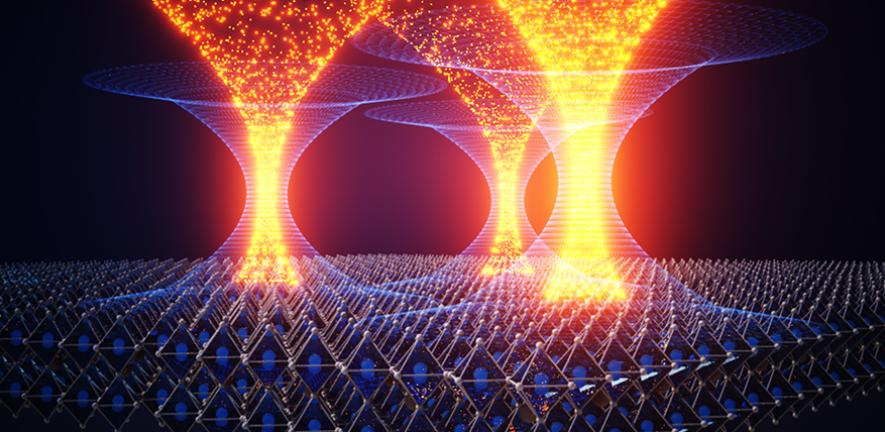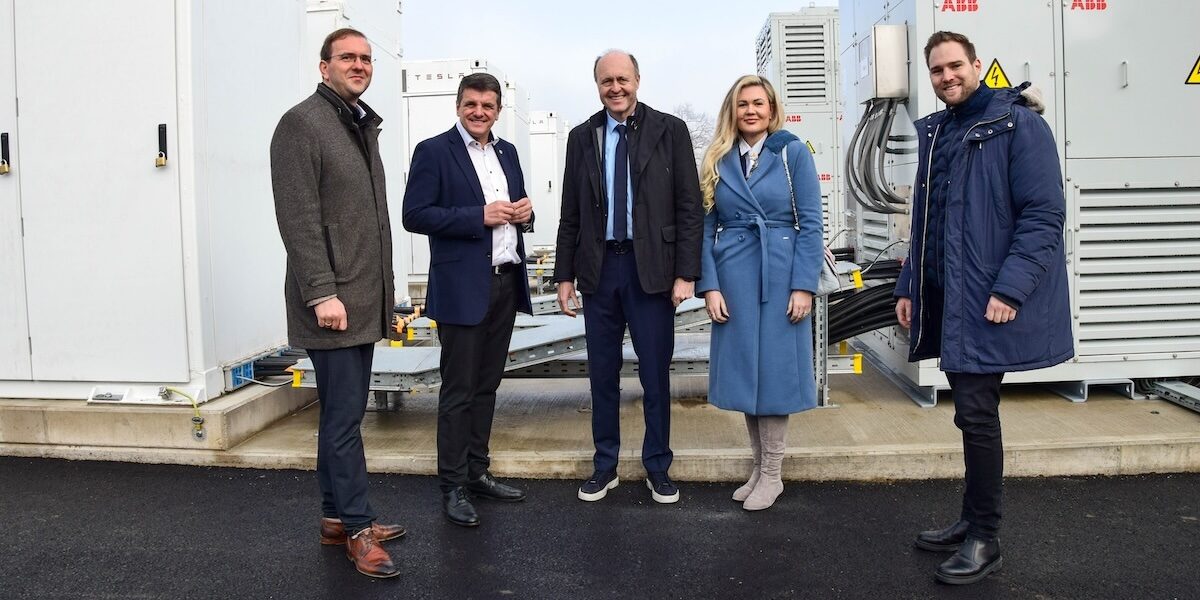Perovskite solar cells have already shown huge potential for low-cost, high efficiency solar energy, and scientists around the world are hard at work ironing out the last few issues – particularly with their long-term stability – that still hold the material back from widespread commercial application.
This was the aim of a collaboration between scientists at Cambridge University in the UK and Japan’s Okinawa Institute of Technology (OIST). The group used various imaging techniques to observe the structure of perovskite films at the nanoscale, and the mechanisms at work when the light hits the film.
“Illuminating the perovskite films over time, simulating the aging of solar cell devices, we find that the most interesting dynamics are occurring at these nanoscopic trap clusters,” said Stuart Macpherson from Cambridge’s Cavendish Laboratory. “We now know that the changes we see are related to photodegradation of the films. As a result, efficiency-limiting carrier traps can now be directly linked to the equally crucial issue of solar cell longevity.”
The group found that defects in the material, which were previously known to create “traps” for charge carriers that limit device efficiency, are also involved in structural changes that reduce device performance over time. By focusing on the removal of these defects during the manufacturing process, the group states that improvements in both performance and longevity should be achievable. “We reveal that performance losses and intrinsic degradation processes can both be mitigated by modulating these defective phase impurities, and demonstrate that this requires careful tuning of local structural and chemical properties,” they explain.
Scaling up
Methods for altering chemical composition and process parameters should be quickly applicable to larger scale processing of the materials, and the observation techniques developed here could be applied to other semiconductor materials as well.
“We now understand that any residual unwanted phases – even tiny nanoscale pockets remaining from the processing of the cells – will be bad news for the longevity of perovskite solar cells,” said Cambridge University scientist Sam Stranks. “The manufacturing processes need to incorporate careful tuning of the structure and composition across a large area to eliminate any trace of these unwanted phases – even more careful control than is widely thought for these materials. This is a great example of fundamental science directly guiding scaled manufacturing.”
The researchers presented their findings in the paper Local Nanoscale Phase Impurities are Degradation Sites in Halide Perovskites, published in Nature.
This content is protected by copyright and may not be reused. If you want to cooperate with us and would like to reuse some of our content, please contact: editors@pv-magazine.com.




5 comments
By submitting this form you agree to pv magazine using your data for the purposes of publishing your comment.
Your personal data will only be disclosed or otherwise transmitted to third parties for the purposes of spam filtering or if this is necessary for technical maintenance of the website. Any other transfer to third parties will not take place unless this is justified on the basis of applicable data protection regulations or if pv magazine is legally obliged to do so.
You may revoke this consent at any time with effect for the future, in which case your personal data will be deleted immediately. Otherwise, your data will be deleted if pv magazine has processed your request or the purpose of data storage is fulfilled.
Further information on data privacy can be found in our Data Protection Policy.